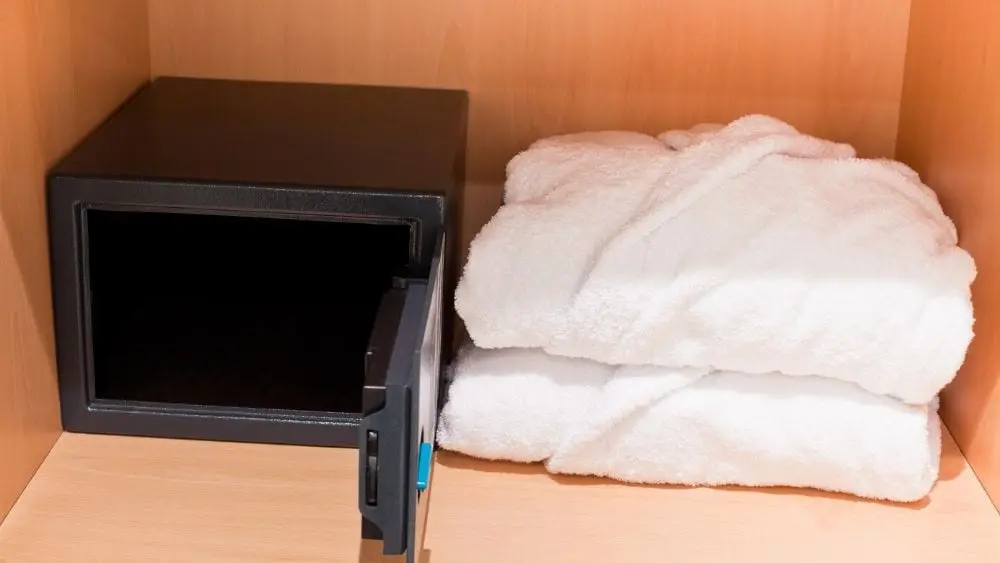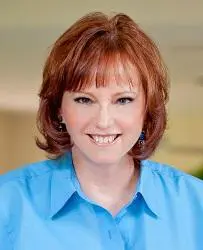
If you think panic rooms are something that only preppers or celebrities opt for, then think again.
Panic rooms, also referred to as “safe rooms,” have gone mainstream, with prices falling and demand rising in a world that many homeowners are increasingly deeming to be unsafe.
Mike Peters builds underground bunkers and safe rooms in both new and existing homes. Demand is strong right now because of his clients’ concerns about global uncertainty. “Every time there’s a world event, I don’t need to do anything — demand just happens,” he says.
Peters, owner of Ultimate Bunker in Salt Lake City, has seen his clientele evolve through the years. “When I first started, it was nothing but survivalists, but it’s changed,” he says. “Now it’s celebrities and normal people who are buying them.”
What Exactly is a Safe Room?
Safe rooms are simply fortified spaces in, outside or under a home. They can range from a reinforced closet to a converted bedroom or underground bunker upon which the house sits.
The type of safe room you select depends on your ultimate goal. If you’re looking for security from a home invasion, an upstairs bedroom can be converted into a safe room to protect the entire family. Those wanting to secure firearms or other valuables may opt for an underground bunker. If you just want protection from a hurricane or tornado, then a closet can be reinforced to provide short-term safety.
No matter which you choose, planning is key — even before you sign a contract to build a new home. The architect needs to design this feature into the new home and make sure floors and walls can support its weight. “If you go halfway through the job and then want to add a safe room, your concrete probably isn’t strong enough and the wood hasn’t been reinforced,” says Peters. “It really is something you should do from the very beginning.”
Once the room is built and ready to go, they often offer all the comforts of home. Safe rooms can be built with flushing toilets, showers, cell phone boosters, radios, generators, televisions and video-monitoring systems so homeowners can watch what’s going on outside. They’re usually stocked with food and water — enough for at least a week — as well as books and toys to keep kids occupied. Some safe rooms have special features like nuclear filters to protect homeowners from fallout.
Options in New Construction
Safe rooms can be built with flushing toilets, showers, cell phone boosters, radios, generators, televisions and video-monitoring systems so homeowners can watch what’s going on outside. … Some safe rooms have special features like nuclear filters to protect homeowners from fallout.Custom-home builders report an increased demand for safe rooms. Sebastian Lombardo, president of Shelby Township, Mich.-based Cranbrook Custom Homes, says he installs safe rooms in about 20 percent of the homes he builds —about 15 to 20 homes in the past two years. Cranbrook even includes safe rooms in its model homes.
Lombardo offers two types of safe rooms as options in the homes he builds, which average about $1.2 million. The first is what he calls a “vault room” or storm shelter. Located in the basement and ranging from 60 to 96 square feet, these are often used by homeowners to store gun collections or valuables and double as protection during a tornado or hurricane. They feature six-inch-thick doors and 10-inch concrete walls. Pricing ranges from $5,000 to $20,000.
The second option is a room that’s usually located in the master bedroom on the second floor. This safe room ranges from 30 to 40 square feet and is designed to protect homeowners during a home invasion. The room has steel doors and walls that are reinforced with plywood or steel sheathing. They range from $2,500 to $8,000.
Lombardo has had several buyers who live in rural areas far from neighbors. “They could be targeted for a home invasion,” he says. “At least they have a place in their home they can feel safe in.”
Keeping the Safe Room Safe
An entire industry has sprung up supporting the safe-room construction business. These businesses specialize in making sure safe rooms remain hidden—and as difficult to access as possible.
Steve Humble, president of Creative Home Engineering in Gilbert, Ariz., has been hiding safe rooms, home offices and even children’s playrooms since 2004. He builds custom “secret doors” that provide hidden access to these spaces. Entrances are typically hidden in bookcases, although they can also be built under stairs or even through fireplaces. Custom projects can run from $10,000 to more than $190,000, Humble says. But because he’s seeing so much demand for safe rooms from non-luxury homeowners, he’s created a new line of pre-manufactured secret doors that start at just $1,500.
“There’s greater uncertainty in the world today,” says Humble. “People wonder if our clients are all doomsday prepper types or celebrities or pro athletes. No. There’s a ton of lawyers and doctors who are just building a dream house and a ton of ordinary people who like secret doors.”
Peggy Reed, owner of Hidden Doors by Design in Broomfield, Colo., says about 30 percent of her business is from people building safe rooms. Others just want to secure a safe, guns, jewelry or wine. Her prices start at $2,850.
With more people building safe rooms these days, does the presence of a safe room increase the value of your home on resale? That depends.
“The majority of today’s buyers [of existing homes] are not specifically requesting panic rooms,” says Patricia Vance, a broker with Douglas Elliman Real Estate in New York City. “That said, there is certainly a niche market for this type of amenity.”
Still, Vance says she believes that as panic rooms become more mainstream, there will be more demand — and therefore added value for homes with safe rooms. “As with any specialized amenity, it can become a stand-out feature (that) provides a competitive edge in the market.”

Robyn A. Friedman is an award-winning freelance writer and copywriter who has been covering the real estate and housing industries for over two decades. She writes the “Jumbo Jungle” column for The Wall Street Journal, is a real-estate and personal-finance columnist for City & Shore magazine, covers celebrity real estate for the South Florida Sun-Sentinel and also contributes regularly to Commercial Property Executive, Multi-Housing News and numerous other publications.
 We’re From Houston, Y’All: 14 Famous People You Might Not Know Are from Houston
We’re From Houston, Y’All: 14 Famous People You Might Not Know Are from Houston